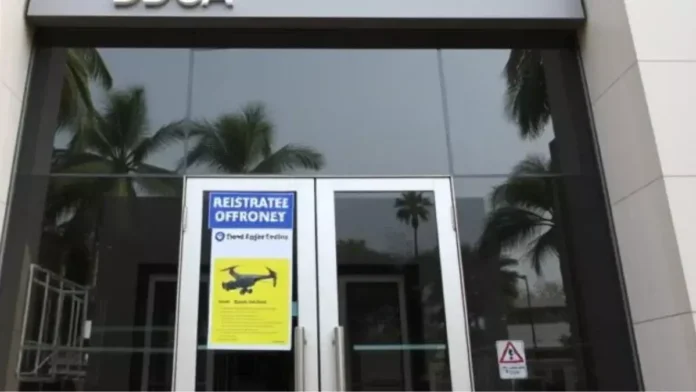Breaking News: DGCA Cracks Down on Fraudulent Drone Registrations
NEW DELHI, October 6, 2025 — The Directorate General of Civil Aviation (DGCA) issued a public notice on September 29, 2025, initiating proceedings to cancel registrations of Unmanned Aircraft Systems (UAS) after finding false declarations in Form D‑2 submissions under the Drone Rules, 2021. The DGCA says many registrations purportedly used self‑generated Unique Identification Numbers (UINs) to register imported drones and were misclassified as “Model RPAS” to evade import controls.
The notice identifies these actions as violations of the Drone Rules, 2021, and of the Directorate General of Foreign Trade (DGFT) Notification No. 54/2015‑20 (dated February 9, 2022), which restricts imports in Completely Built‑Up (CBU), Semi‑Knocked Down (SKD), or Completely Knocked Down (CKD) forms except where specifically authorized.
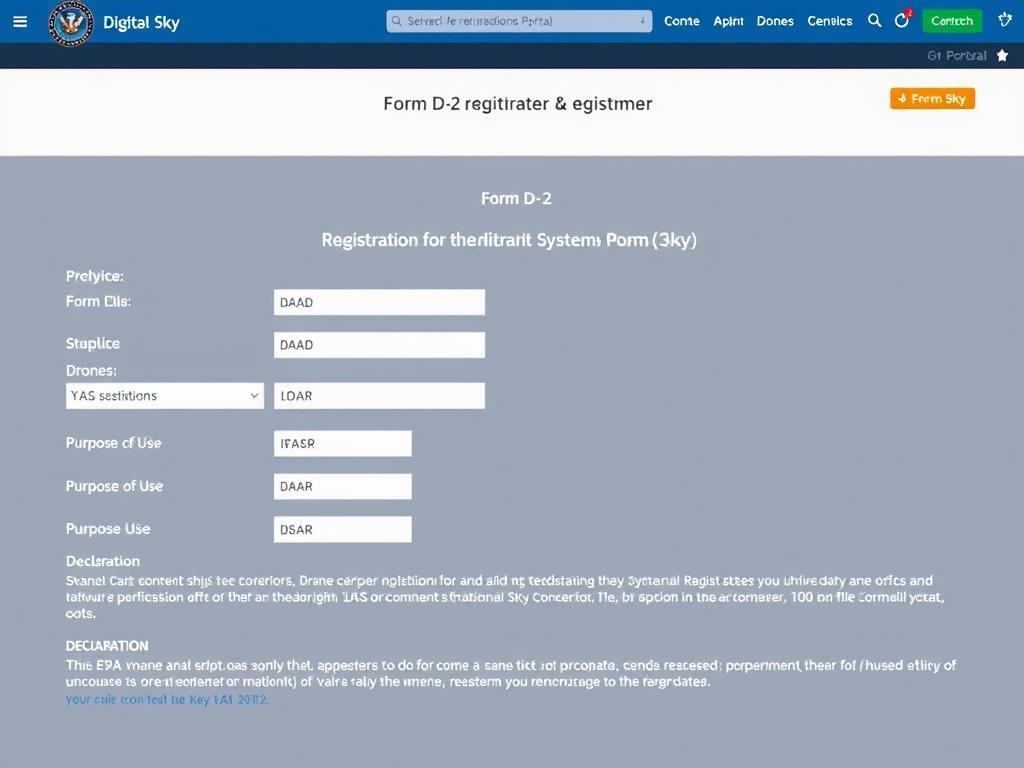
- Legal basis: Rule 53 of the Drone Rules, 2021 grants the DGCA authority to suspend or cancel registrations obtained through fraudulent means or material misrepresentation.
- DGFT import rules: DGFT Notification No. 54/2015‑20 (Feb 9, 2022) limits certain drone imports; misclassification may contravene customs and trade rules.
- Response window: The DGCA has given affected operators a one‑month period from the notice date to submit written explanations and supporting documents.
“Such false declarations amount to misrepresentation of facts, making these registrations liable for suspension or cancellation under Rule 53 of the Drone Rules, 2021,” stated a senior DGCA official who requested anonymity due to the ongoing nature of the proceedings.
Policy Overview: Understanding Form D-2 and Compliance Requirements
Form D‑2 is the mandatory self‑declaration used to register Unmanned Aircraft Systems (UAS) under the Drone Rules, 2021. Applicants must accurately declare a drone’s origin, technical specifications, and intended use so the Directorate General of Civil Aviation (DGCA) can classify the aircraft correctly and ensure compliance with import and operational rules.
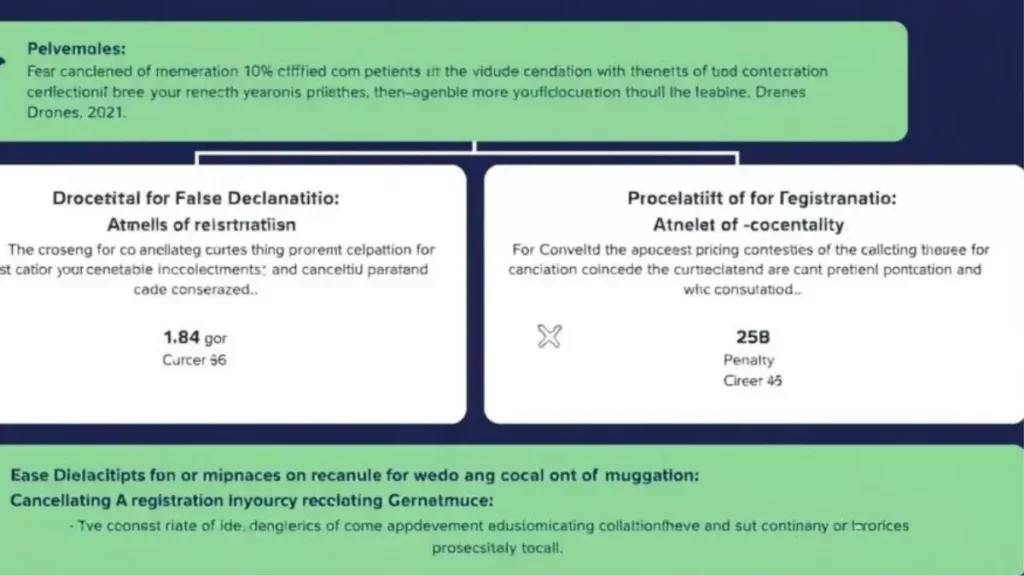
Under Rule 53 of the Drone Rules, 2021, the DGCA may suspend or cancel UAS registrations obtained by “fraudulent means, misrepresentation of facts, or suppression of material information.” Consequences for false declaration or improper registration can include:
- Monetary penalties up to ₹5,00,000 (INR 5 lakh) under Section 10A of the Aircraft Act, 1934
- Immediate grounding of the unmanned aircraft
- Blacklisting of the operator from future registrations
- Potential criminal proceedings for willful misrepresentation to government authorities
- Confiscation of illegally imported drones under customs regulations
The DGCA’s notice gives affected parties a one‑month window from the publication date to submit written explanations with supporting documentation. To streamline responses, operators should prioritise the items below.
What operators should submit (quick checklist)
- Purchase documentation: Original invoices, bills of entry, importer/consignee details and supplier contracts demonstrating the drone’s origin.
- Import permissions: DGFT import authorisations or exemptions, and customs clearance documents where applicable.
- Technical verification: NABL‑certified weight certificates and detailed technical specifications to substantiate the declared category and payload capability.
- Operational records: Flight logs, maintenance records, and evidence of use consistent with the declared purpose (e.g., training rosters for educational use).
Quick actions (within the one‑month window): (1) Conduct an immediate documentation audit; (2) Engage aviation legal or compliance expertise; (3) Assemble and submit a transparent, evidence‑based response to the DGCA.
Editors’ note: Verify the precise wording of Rule 53 and Section 10A in the primary DGCA notice and the Aircraft Act before publishing legal or monetary specifics. Where possible, link to the official DGCA notice and the Drone Rules, 2021 text for reader reference.
Background and Context: Growing Concerns Over Fraudulent Registrations
Regulators began flagging potential misuse of the drone registration system months before the DGCA notice. Industry sources report a rise in foreign‑manufactured drones operating in Indian airspace despite import restrictions introduced in early 2022, prompting closer scrutiny of registration records and classification practices.
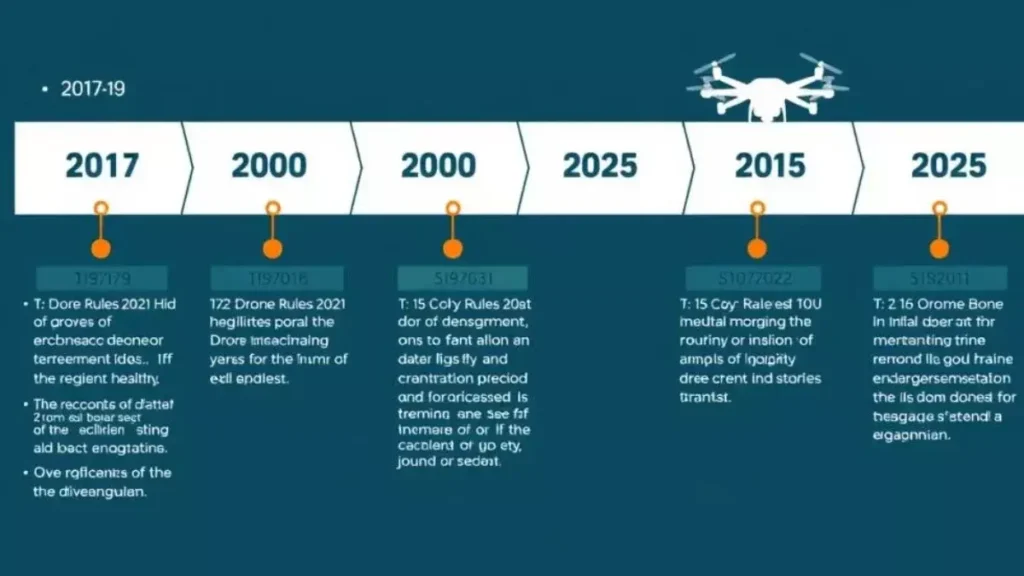
The Directorate General of Foreign Trade (DGFT) restriction on certain drone imports — issued as part of measures to support the “Make in India” initiative — aimed to prioritise domestic manufacturing. According to the DGCA notice, some operators appear to have exploited a classification avenue by registering commercial‑grade imports under the “Model RPAS” category, which is intended for recreational, educational, research, testing or design uses.
Quick timeline
- Jan 2021 — Drone Rules, 2021 published, creating the current registration and classification framework.
- Feb 9, 2022 — DGFT Notification No. 54/2015‑20 placed restrictions on certain drone imports (CBU/SKD/CKD exceptions apply).
- 2025 (earlier months) — Internal audits and industry checks reportedly identified multiple suspicious registrations.
- Sep 29, 2025 — DGCA issued the public notice initiating cancellation proceedings.
An anonymous senior official at the Ministry of Civil Aviation told our reporters that internal audits earlier this year flagged “hundreds” of registrations that warranted follow‑up. (Editorial note: the source requested anonymity for confidentiality; the figure is attributed to internal audit findings and should be verified against DGCA records before citation as a definitive count.)
Previously, enforcement emphasis largely targeted unregistered drone operations. This action marks an increased focus on registration accuracy and documentation integrity — a shift that could have material implications for operators and for the government’s policy objective to strengthen domestic manufacturers’ market position.
Stakeholders and Affected Parties
The DGCA’s enforcement action affects multiple parts of India’s drone ecosystem. Below we summarise who is most likely to be impacted, the probable regulatory consequences, and recommended next steps each group should take to reduce operational and legal risk.

Commercial Drone Operators
Impact: Risk of cancellation registration unmanned for affected UAS; possible grounding, financial penalties and business disruption for services such as aerial photography, surveying, and inspections.
Recommended next steps: Immediate audit of Form D‑2 filings and procurement records; assemble flight logs and maintenance records to evidence operational use.
Domestic Manufacturers
Impact: Stricter enforcement supports Make‑in‑India objectives and may reduce unfair competition from improperly imported units, benefiting firms that meet compliance standards.
Recommended next steps: Publicly document compliance credentials (manufacturing origin, DGCA approvals) and offer verification support to customers to help validate domestic provenance.
Logistics and Delivery Services
Impact: Pilot programmes using imported drones may face delays if fleet units are flagged; regulatory uncertainty could slow rollout of commercial delivery and medical-supply services.
Recommended next steps: Identify critical drones in service, prepare contingency plans, and verify import documentation for all fleet units.
Regulatory Consultants
Impact: Surge in demand as operators seek help with proceedings cancellation registration and documentation preparation.
Recommended next steps: Provide clear compliance checklists, template responses for DGCA notices, and NABL‑certified technical verification partnerships.
Drone Training Institutes
Impact: Institutions using imported drones under educational exemptions must confirm documentation to avoid scrutiny; those with proper records are unlikely to be penalised.
Recommended next steps: Maintain organised records (invoices, import permissions, training rosters) and be prepared to demonstrate educational use consistent with declared Model RPAS status.
Drone Importers
Impact: Entities that facilitated misclassified imports face legal and financial exposure, including customs penalties and potential blacklisting affecting future air navigation and import activities.
Recommended next steps: Review past import transactions, consult with customs and legal advisors, and prepare evidence of authorised import permissions where available.
Quick impact matrix (summary)
- Who: Commercial operators, manufacturers, logistics, consultants, training institutes, importers.
- Likely outcomes: Cancellation, fines, grounding, blacklisting.
- Immediate actions: Documentation audit, legal counsel, technical verification (NABL certificates), and contingency planniing
Industry and Expert Reactions
Responses across the sector are mixed: domestic manufacturers generally welcome stricter enforcement as level‑setting for the market, while importers and many commercial operators raise concerns about fairness, clarity of procedure, and short notice for compliance.
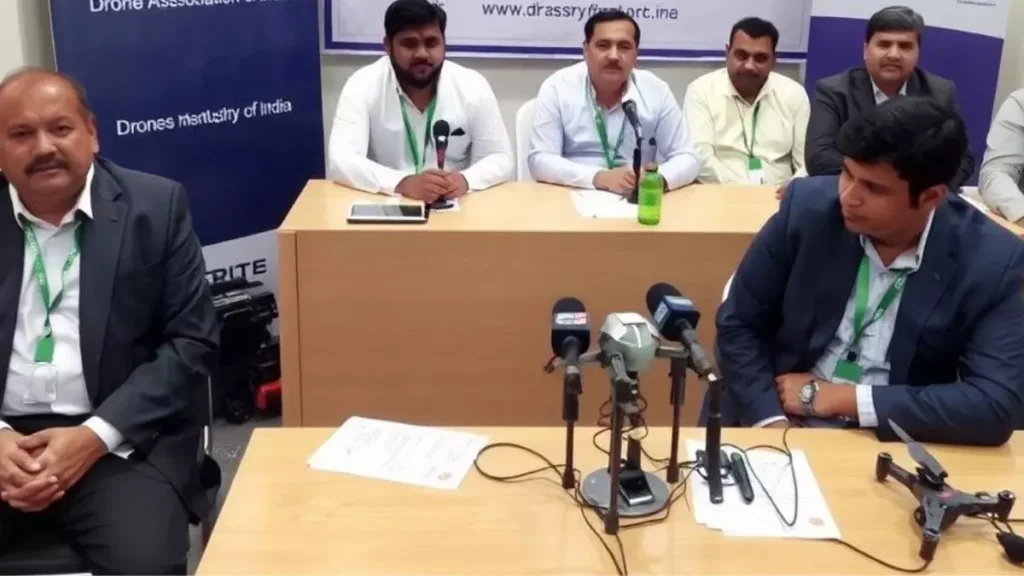
Supportive
“Enforcing import restrictions levels the playing field for Indian manufacturers who have invested in R&D and production facilities based on the government’s policy direction,” said Ankit Mehta, CEO of ideaForge, reflecting widespread industry support for rules that favour compliant domestic production.
Concerned
“While we fully support regulatory compliance, a sudden enforcement drive without an amnesty period places many good‑faith operators in a difficult position. Some businesses may have relied on incorrect advice from consultants unfamiliar with DGFT and drone rules nuances,” said Smit Shah, President, Drone Federation of India.
Legal and policy perspective
Legal experts note the DGCA’s one‑month response window as evidence of a balanced approach that still preserves due process. Anand Mohan, Partner at Aviation Legal Associates, says the timeframe allows affected parties to present evidence while DGCA protects regulatory integrity.
“This enforcement action signals a maturing of India’s drone rules framework: the focus is shifting from building registration infrastructure to ensuring the accuracy and reliability of registration data,” added Dr. Neha Sharma, an aviation policy researcher.
What this means for operators (at a glance):
- Expect closer scrutiny of Form D‑2 declarations and supporting documents.
- Prepare for potential short‑term operational disruption if registrations are queried.
- Engage legal or compliance advisors early to assemble evidence (invoices, import docs, NABL certificates).

Implementation Challenges and Risks
The DGCA’s enforcement initiative delivers clear regulatory benefits but also faces practical challenges that could affect fairness and effectiveness. Below we summarise the likely benefits, implementation risks, and immediate steps operators should take to reduce exposure during the review period.
Regulatory Benefits
- Strengthens compliance culture across civil aviation and the UAS sector
- Supports domestic drones manufacturing initiatives by discouraging improper imports
- Enhances airspace security through improved registration accuracy and UAS tracking
- Creates precedent for documentation accuracy and verification
- Aligns India’s approach more closely with international aircraft rules and best practices
Implementation Challenges
- Verification difficulties for historical purchases and older invoices
- Limited DGCA resources for intensive, case‑by‑case review
- Potential for inconsistent enforcement decisions without published evaluation criteria
- Risk of disrupting legitimate business operations and commercial drone services
- Bureaucratic delays that could create a backlog and slow resolution for compliant operators
A major practical problem is documentation gaps: many small operators and independent pilots lack comprehensive purchase and import records for drones bought before the current rules. This complicates classification and technical verification for registration unmanned aircraft reviews.

Industry estimates put the number of registrations potentially subject to review in the high hundreds; sources cite a range (for planning purposes) but this should be treated as an estimate pending DGCA disclosure. The potential backlog underscores the need for a prioritised, transparent processing plan from the regulator.
Operational Risk Alert: Operators with questioned registrations should prepare contingency plans for critical services. Suggested immediate measures: (1) segregate at‑risk drones from critical operations, (2) identify temporary replacements or operational fallbacks, (3) document business impact and notify clients where appropriate.
Quick operator checklist
- Assemble purchase invoices, bills of entry, customs clearances and supplier contracts.
- Obtain NABL or accredited technical verification where possible to confirm weight/payload specs.
- Prepare a concise timeline of the drone’s operational use (flight logs, contracts, maintenance records).
- Retain legal/regulatory counsel contact details and prepare an evidence package for submission.
Note: Where numeric estimates (e.g., backlog size) are cited, flag them as industry estimates and link to primary sources where available. This keeps reporting accurate and aligns with accessibility standards guidelines for transparent sourcing.
Solutions and Best Practices
Operators seeking to respond to DGCA proceedings should prioritise practical, document‑driven actions that demonstrate compliance. Below are immediate steps to address a registration unmanned review and a longer‑term framework to reduce recurrence risk.

Immediate Response Strategies
- Comprehensive documentation review: Run an immediate audit of all Form D‑2 filings, purchase invoices, bills of entry, customs clearances and operational logs to identify gaps.
- Engage legal and technical expertise: Retain aviation regulatory counsel and a NABL‑accredited testing partner to produce supporting technical verification (weight/payload specs, serial numbers) where possible.
- Transparent submission: Prepare a concise, evidence‑based response to the DGCA within the one‑month window, including a summary cover letter, labelled exhibits, and a clear chronology of events.
- Operational contingency planning: Create fallback plans for critical services (identify replacement drones, reschedule flights, notify clients) to minimise disruption if a registration is temporarily suspended.
- Document preservation: Secure all digital and paper records in a single, version‑controlled repository to facilitate rapid retrieval during proceedings.
Long‑term Compliance Framework
| Compliance Area | Best Practice | Implementation Tool |
| Documentation Management | Maintain searchable, date‑stamped digital archives of all registration, import, and technical documents | Secure cloud storage with version control and access logs |
| Registration Verification | Quarterly internal audits of UAS fleet registration status and Form D‑2 accuracy | Compliance checklist and scheduled audit calendar |
| Technical Compliance | Periodic third‑party verification of drone specifications against registration details | NABL or equivalent technical certification services |
| Staff Training | Regular training on Drone Rules, DGFT import rules and documentation procedures | Certified workshops and internal SOPs |
| Pre‑purchase Checks | Verify import eligibility and documentation requirements before acquisition | DGFT compliance verification and supplier due diligence |
Quick resources & next steps
- Download the one‑page compliance checklist (includes template response and exhibit index).
- Arrange a technical verification appointment for at‑risk drones to obtain NABL‑style evidence.
- If available, book a free 15‑minute consultation with a regulatory specialist to prioritise actions.
Future Outlook and Policy Trends
The DGCA’s enforcement action points to a broader shift in how India regulates drones and unmanned aircraft systems. Expect a stronger emphasis on digital verification, real‑time compliance, and policy measures that both secure the airspace and support domestic industry growth.

Anticipated regulatory developments
- Enhanced digital verification: Adoption of immutable record systems (blockchain or equivalent) for registrations and modification histories to reduce fraudulent declarations.
- Real‑time compliance monitoring: Deeper integration of Digital Sky with operational data to enable live checks of registration status during flights.
- Harmonization with international standards: Greater alignment with ICAO and other international aircraft systems frameworks to ease cross‑border operations and technology transfer.
- Risk‑based regulation: A shift toward tailored rules based on operational risk profiles instead of broad category definitions, improving proportionality of enforcement.
- Expanded domestic support: Continued incentives — including the PLI scheme — to strengthen India’s drone manufacturing base while enforcing import and classification rules.
Industry analysts predict that DGCA may add automated cross‑referencing with customs databases and technical verification algorithms to the Digital Sky platform to reduce misclassification. These are current expectations rather than confirmed DGCA policy; verify against official DGCA roadmaps and Ministry of Civil Aviation PLI documentation for definitive timelines.
What to watch (next 6–12 months)
- Announcements on Digital Sky upgrades or pilot programs for real‑time verification.
- DGCA guidance or rule amendments clarifying declaration standards and verification steps for Form D‑2.
- PLI scheme disbursement updates and any DGCA‑approved incentives that affect manufacturers and certified suppliers.
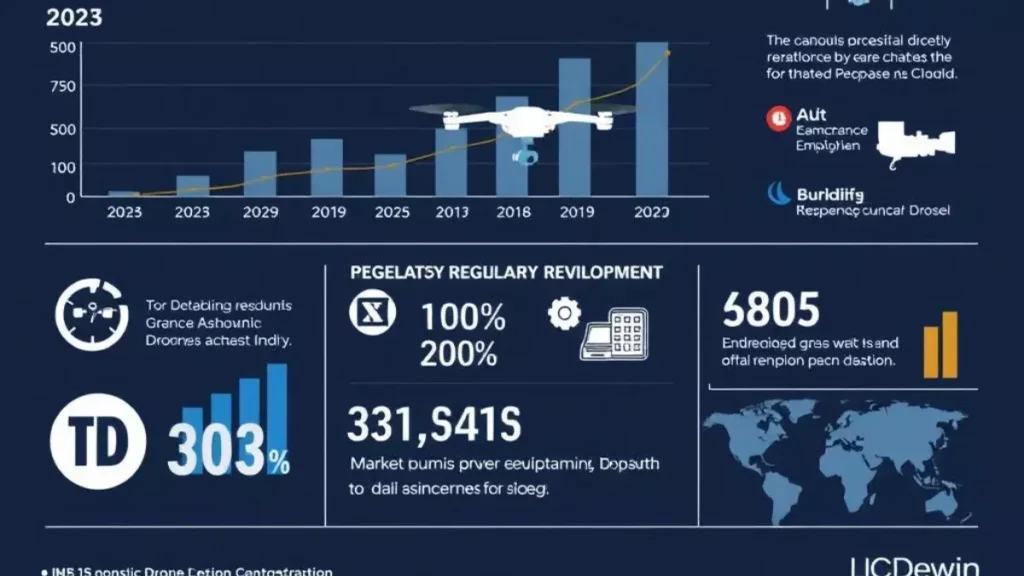
Actionable takeaway: operators should track Digital Sky and DGCA communications closely, prepare for potential dgca approved verification steps, and ensure all declaration documentation is current and easily retrievable—especially for drones involved in commercial operations near major hubs such as Navi Mumbai International and other international airport environments.
Suggestions for Policy Amendments
Based on industry feedback and international best practices, the following targeted policy amendments could improve compliance outcomes while supporting legitimate business operations and innovation in India’s drone ecosystem.
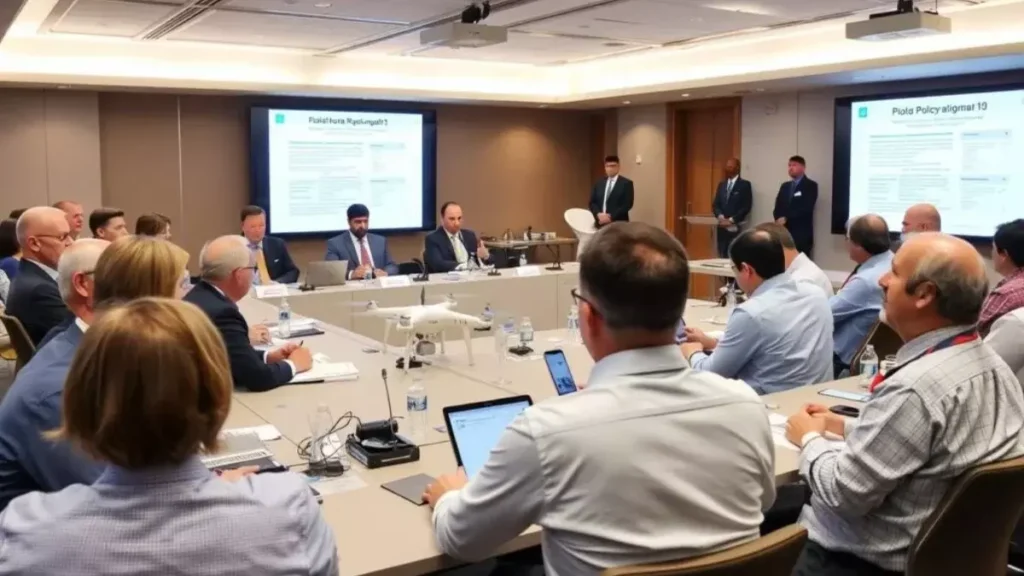
Recommended Policy Enhancements
- Amnesty period: Introduce a one‑time amnesty window allowing operators to correct Form D‑2 declarations without penalties. How it helps: reduces defensive posturing and encourages voluntary compliance. Example step: publish a 60‑ to 90‑day correction window with clear submission instructions and a dedicated DGCA inbox.
- Clearer classification criteria: Publish detailed technical parameters (weight, payload, endurance, sensors) that distinguish commercial, Model RPAS, and other categories. How it helps: reduces ambiguity and misclassification. Example step: release a technical annex to the Drone Rules with illustrative examples and OEM‑verified data points.
- Streamlined appeal and review process: Establish a transparent, time‑bound appeal mechanism for proceedings cancellation with published evaluation criteria and timelines. How it helps: ensures procedural fairness and reduces litigation. Example step: create an online appeals portal with SLA targets (e.g., initial response within 30 days).
- Proportional and graduated enforcement: Adopt a tiered enforcement model that aligns penalties and remedies to the nature and severity of the declaration discrepancy. How it helps: balances deterrence with fairness for inadvertent errors. Example step: define tiers (minor clerical error, material misrepresentation, deliberate fraud) and corresponding sanctions.
- DGCA‑authorised technical verification services: Approve accredited third‑party labs for technical verification (e.g., weight/payload, serial number validation) to help operators confirm proper classification before registration. How it helps: provides trusted evidence to reduce disputes. Example step: publish a list of authorised verifiers and required test protocols.
“A balanced regulatory approach should combine strict enforcement with practical compliance pathways. Clear guidelines, reasonable timelines, and accessible verification mechanisms will boost compliance rates and industry confidence.”
Industry groups have also suggested forming a joint government‑industry working group to refine import policies and classification rules, ensuring that support for domestic manufacturing (including incentives for suppliers near hubs such as Mumbai International and Navi Mumbai) does not unduly restrict access to specialised technologies.
Suggested next steps for policymakers: publish a draft amnesty and classification annex for public comment, pilot a DGCA‑authorised verifier programme, and set up a transparent appeals workflow to handle proceedings cancellation cases efficiently.
Conclusion: Balancing Regulation and Industry Growth
The DGCA’s proceedings for cancellation of UAS registrations based on alleged false declarations mark a pivotal moment in India’s drone regulatory journey. This enforcement action underscores the need to balance strict compliance and documentation integrity with policies that enable growth of the unmanned aircraft sector and domestic manufacturing.

Immediate priorities for affected operators are clear: respond comprehensively and promptly to the DGCA notice (within the specified response window), assemble verified documentation, and implement stronger compliance processes to reduce the risk of future notices. For the wider industry, this episode is an opportunity to engage constructively with regulators to refine declaration standards and verification workflows so that enforcement is effective and proportionate.
Next steps (quick links and resources)
- Primary DGCA notice: Review the official notice and cited Rule 53 text before preparing your response.
- Template response checklist: Use a structured exhibit index (invoices, bills of entry, NABL certificates, flight logs) to speed review.
- Compliance guide: Download step‑by‑step guidance and sample submission templates (includes technical verification checklist).
- Webinar & consultation: Register for expert sessions and consider a short consultation to prioritise actions for high‑risk drones.
Looking ahead, the effectiveness of India’s regulatory approach — combining clear rules, consistent enforcement, and practical implementation pathways — will be a major factor in whether the country successfully positions itself as a global drone technology hub. Policymakers and industry alike should aim for solutions that protect safety and airspace integrity without unduly restricting access to approved technologies or hampering innovation near key hubs such as Mumbai International and Navi Mumbai.
Note: This article summarises regulatory developments and should not be taken as legal advice. Operators facing proceedings cancellation or other enforcement actions should seek qualified legal counsel and technical verification services to prepare their case.
Source: DGCA

